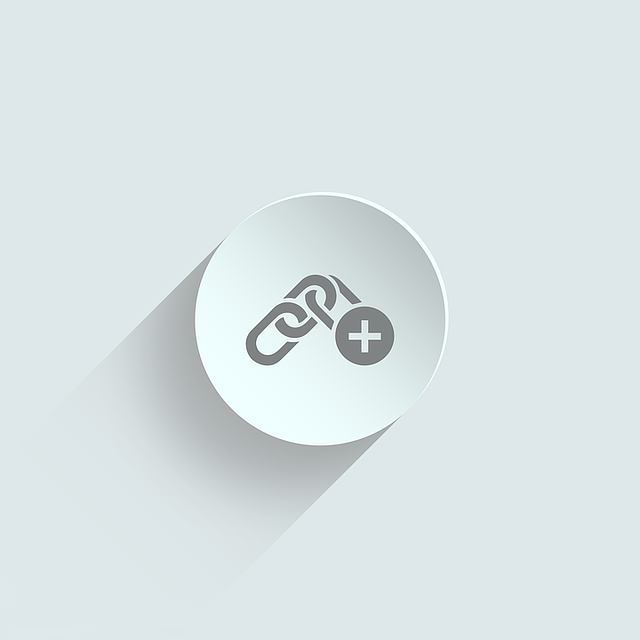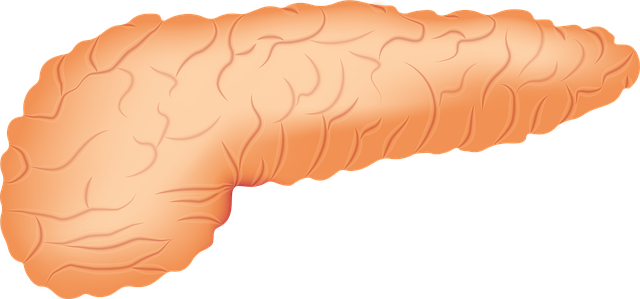Internal linking is a powerful SEO tool that improves user navigation, enhances search engine understanding of site hierarchy, and boosts SEO performance. A robust internal link structure, designed with a focus on user experience, guides users and search engines through content logically. Key steps include identifying high-traffic pages, organizing them hierarchically, using relevant anchor text, and ensuring contextual placement. Regular updates and audits are crucial to maintain link integrity. By implementing these strategies, technical SEO specialists can optimize their sites for higher rankings, increased organic traffic, and better user engagement.
“Enhance your technical SEO strategy with scalable internal linking methods. In today’s digital landscape, optimizing website architecture is paramount for search engine visibility. This article guides technical SEO specialists through a comprehensive approach to internal linking. From understanding its foundational role to implementing best practices and measuring performance, you’ll learn how to create a logical structure that drives organic traffic. Discover key pages, hierarchical organization, and continuous optimization techniques to elevate your site’s authority.”
- Understanding Internal Linking: The Foundation of Technical SEO
- The Role of Scalable Strategies in Modern Websites
- Identifying Key Pages and Their Hierarchical Structure
- Creating a Logical Internal Link Structure
- Implementing Best Practices for Optimal Search Engine Visibility
- Measuring and Optimizing Performance: A Continuous Process
Understanding Internal Linking: The Foundation of Technical SEO

Internal linking is a fundamental aspect of technical SEO that often goes unnoticed but holds immense power. It involves creating a strategic network of links within your website’s content, ensuring users and search engines can easily navigate through relevant pages. By understanding how to use internal link structure effectively, specialists can significantly impact their site’s performance in search engine results pages (SERPs).
A well-designed internal link structure strategy optimizes the way pages are interconnected, enhancing user experience and boosting SEO efforts. It allows for efficient distribution of link equity across important pages, which is crucial for ranking higher and attracting more organic traffic. With proper optimization, you can guide users towards valuable content while also helping search engines understand your website’s hierarchy and information architecture. This, in turn, leads to better indexing, increased visibility, and improved overall SEO.
The Role of Scalable Strategies in Modern Websites

In today’s digital era, modern websites must be designed with a robust and scalable internal link structure to enhance user experience and optimize search engine visibility. As sites grow in size and complexity, employing strategic internal linking becomes even more critical. It enables users to navigate seamlessly through various pages, reducing bounce rates and encouraging deeper engagement. For technical SEO specialists, implementing scalable methods ensures that the website’s architecture can handle increased traffic without compromising performance or SEO value.
By adopting efficient internal link structure optimization techniques, professionals can create a harmonious tapestry of interconnected pages. This involves carefully planning anchor text, contextual placement, and hierarchical organization to pass authority and signal relevance effectively. Such strategies not only support better search engine crawling but also foster a logical flow of information, making websites more user-friendly and attractive to both visitors and search algorithms alike.
Identifying Key Pages and Their Hierarchical Structure

When crafting an efficient internal link structure for technical SEO specialists, the first step involves identifying key pages within a website’s architecture. These key pages are typically those with high traffic, relevant content, and significant authority. For instance, in an e-commerce site, product category pages and best-selling items could be considered essential. In a blog-heavy website, long-form articles or comprehensive guides might take the lead. Understanding these core pages is crucial for developing a hierarchical structure that both reflects the site’s content and user navigation preferences.
Organizing these key pages in a logical manner allows for improved user experience as well as amplified SEO performance. A clear hierarchy suggests to search engines the importance of each page, facilitating better crawling and indexing. This strategic placement can also reduce bounce rates, as visitors are more likely to find relevant content quickly, leading to longer sessions and potentially higher conversion rates. An optimized internal link structure, achieved through this process, becomes a powerful tool for guiding users and search engine bots alike, ensuring every page has its place in the site’s overall narrative.
Creating a Logical Internal Link Structure

A well-crafted internal link structure is a cornerstone of any robust technical SEO strategy. It involves designing a hierarchical navigation system that guides both users and search engines through your website’s content. Think of it as a roadmap within your site, where each page connects to relevant resources, fostering a seamless user experience and enhancing the overall authority of your pages. By implementing a logical internal link structure, you can significantly improve SEO by directing link equity across your site and helping search engines understand your content’s relationships.
When structuring internal links, consider both the context and relevance. Each link should serve a purpose, either providing additional information on a related topic or guiding users to essential resources. This strategic approach, often referred to as an internal linking tutorial, ensures that your website’s architecture is not only SEO-friendly but also user-friendly. Using these internal link structure tips can help you create a network that supports the flow of authority and keeps visitors engaged with valuable content.
Implementing Best Practices for Optimal Search Engine Visibility

To maximize search engine visibility, technical SEO specialists should focus on implementing a robust internal link structure. This involves strategically placing links within your website’s content to enhance user experience and guide search engines effectively. A well-designed internal linking strategy ensures that each page is interconnected, allowing users and search crawlers to navigate through the site with ease. By using anchor text that is relevant and descriptive, you can provide valuable context to both visitors and search engines, helping them understand the relationships between different pages on your website.
A key aspect of optimal internal link structure SEO is ensuring a logical flow of links. This means linking to related content within a specific topic cluster, which helps establish authority and relevance for that particular subject matter. By following these best practices, you can create a seamless user journey while also allowing search engines to index your site more efficiently. An effective internal link structure tutorial would cover topics like identifying essential pages for linking, using a hierarchical structure, and regularly updating links to maintain their integrity and relevance.
Measuring and Optimizing Performance: A Continuous Process

Measuring and optimizing the performance of your internal link structure is a continuous process that forms an integral part of any technical SEO specialist’s strategy. By utilizing advanced analytics tools, professionals can gain valuable insights into how users navigate through a website, identify popular content, and uncover potential areas for improvement. This data-driven approach allows specialists to make informed decisions about the placement and anchor text of internal links, ensuring a seamless user experience while enhancing search engine visibility.
A robust internal link structure tutorial should emphasize the importance of regular audits. These audits can reveal broken links, duplicate content issues, or inefficient navigation, which are common problems that hinder optimal performance. With these insights, SEO specialists can implement targeted internal link structure tips to improve crawlability and indexation, thereby boosting the overall health of a website’s search engine optimization.
